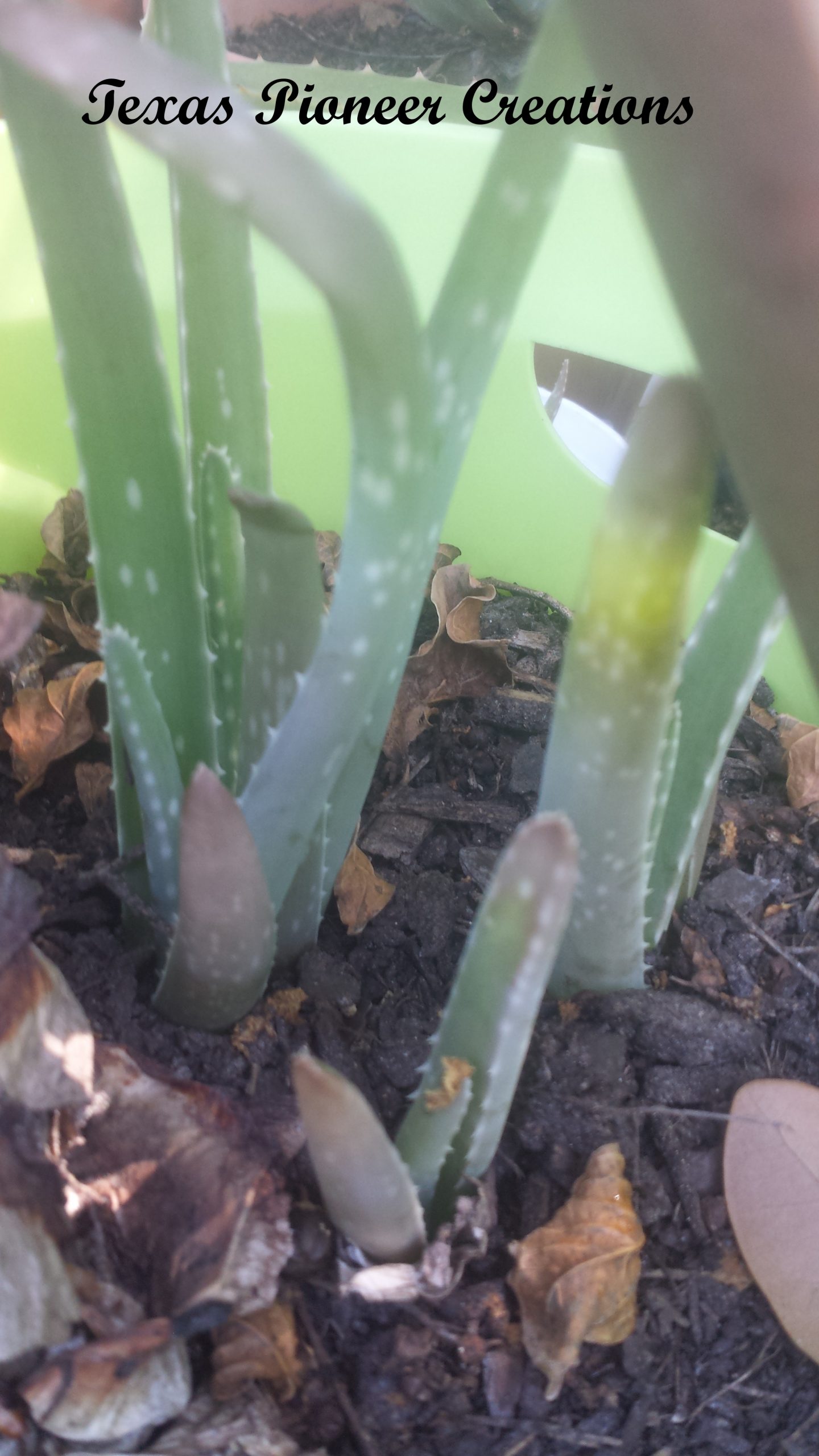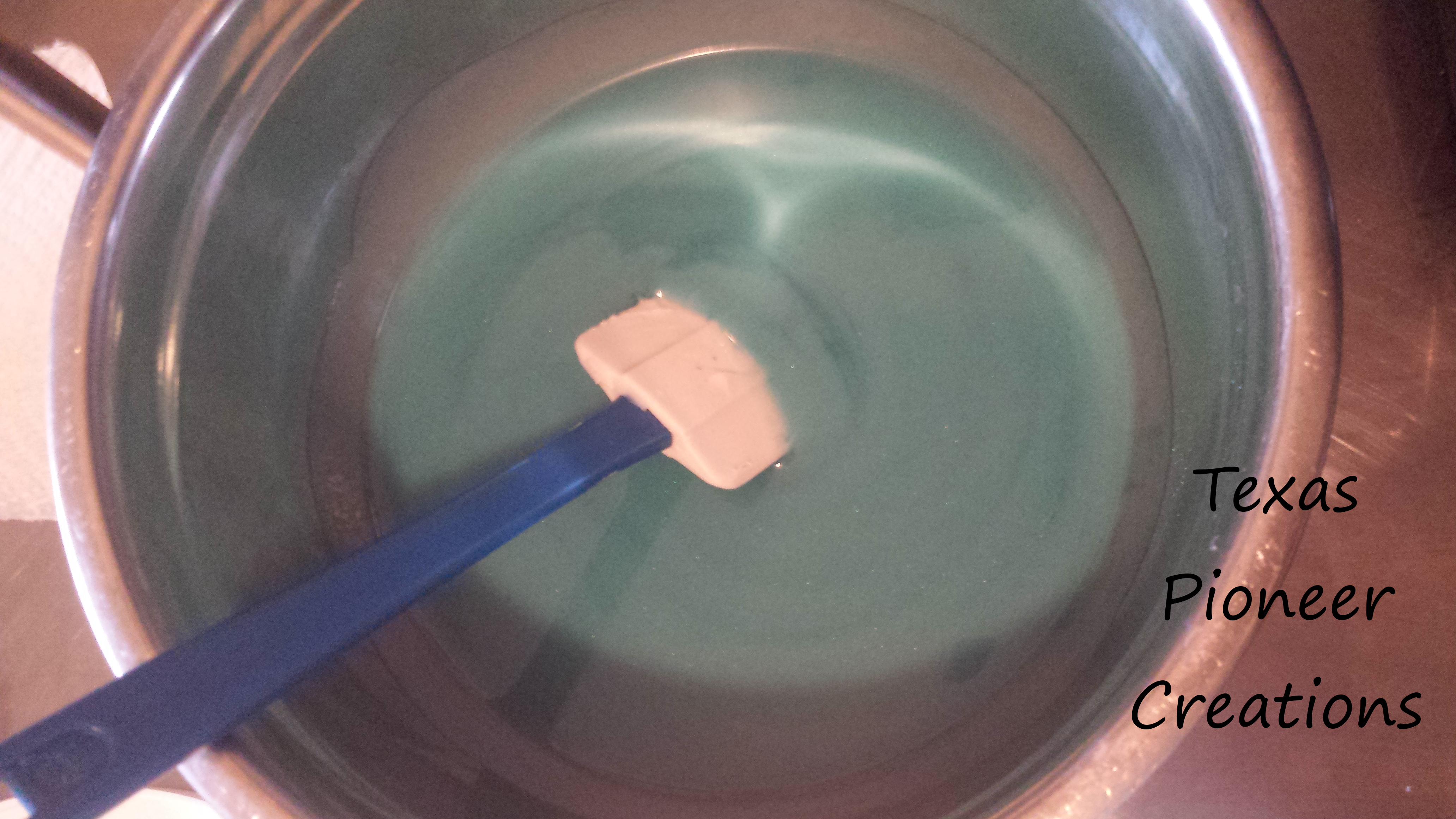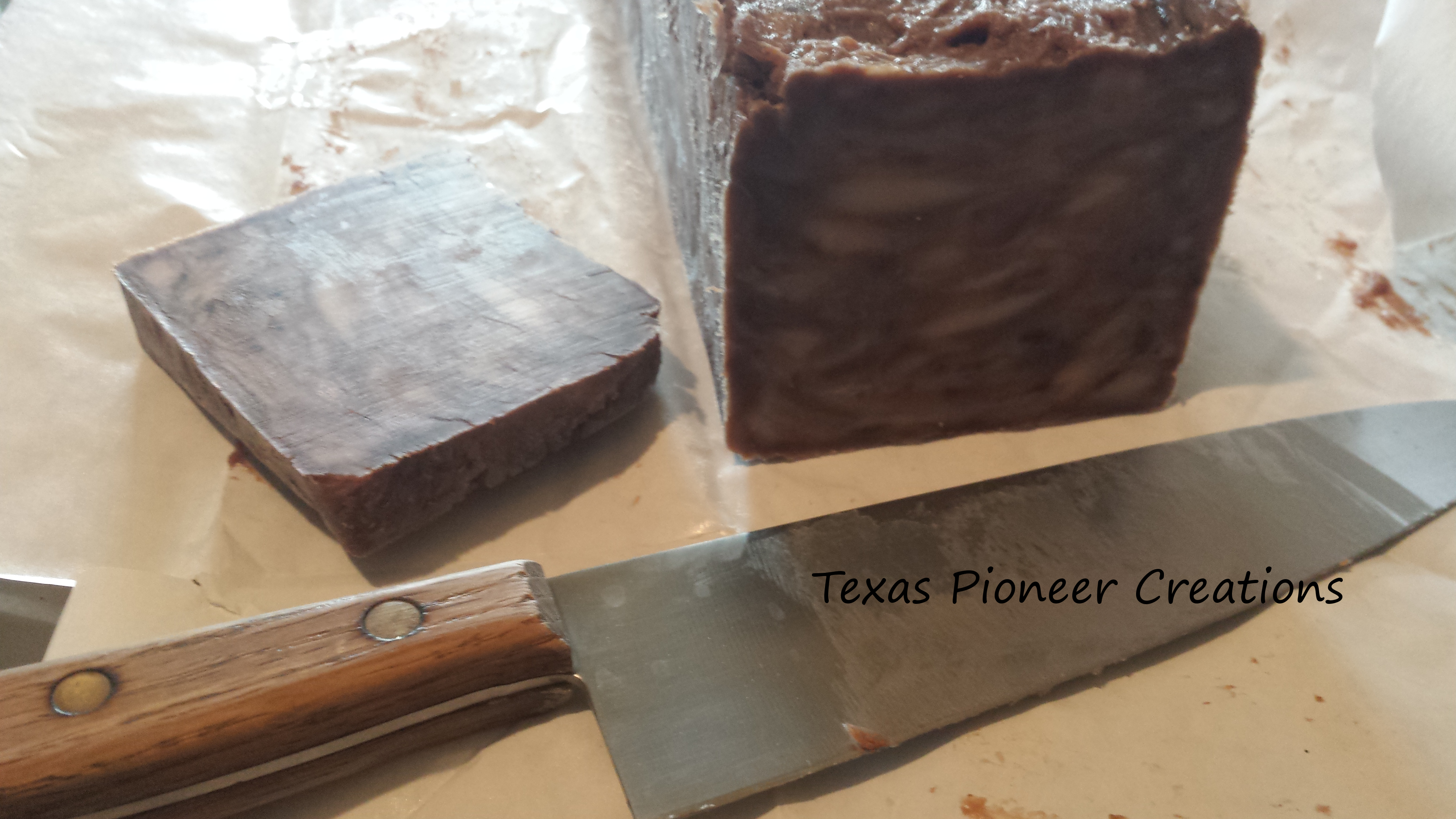

We’ve been hard at work in the gardens so far this year. We ripped out more grass and flowering bulbs for planting edibles and built more boxes to grow in. The greenhouse was taken apart as our part of the world reached the 70s and we started moving everything from it out into the growing areas. Most of the plants made it through the winter here in Houston and we’ve spent the last few weekends in the booth, transplanting, evaluating what containers we have or want, or working the garden beds to get them ready.
Since we are the geeks that we are, planning the garden beds and containers is a multi-week event here. We literally pull out all seeds that we’ve gathered, purchased, or been gifted over winter and spread them over the table top. Then out comes notes of prior years gardening, our gardening books, Dorothy’s infamous gardening binder which is stuffed with info she’s saved over the years, and then pull up our favorite websites so we can learn about anything we’ve never grown before. We also grab little two to five inch plants for transplanting if needed. This year we hit a new geeky record as graph paper was pulled out and a diagram of the planting beds was made to scale! Yep, we literally mapped out where everything was going to be planted in the front beds on graph paper in hopes of keeping some sanity this time.
The back yard micro-farm area was planned mostly over the Christmas and New Year’s break as we cared for everything in the green house. The grape trellised wall will be back this year and this time we’ll try to keep it scaled back a bit. In past years we’ve honestly let it spread as far as it wanted but the massive crop was a bit much to handle last time! Just in case we accidentally get another harvest like that we’re plotting to learn wine making. We learned our family’s not big into jams & jellies, the kids can only devour so many pounds of grapes before they go bad, so wine making seems to be a logical next step for us. Would be a lot of fun to make wine out of our grapes and then make that wine into soap. We’ll see how it goes this year and keep you updated.

The fruit trees are in full swing, except for the plum tree which is driving Dorothy nuts. We lost our blueberry bushes but that was due to the dogs, not weather. All of the citrus trees are flowering and putting out new leaves and branches. The nectarine tree is covered in fruit while the fig tree is popping out leaves like crazy. Blackberry vines are awake and producing also; we’re anxiously awaiting those! We are keeping fingers crossed this year that our limes and grapefruit make it through. If all goes well, there should be produce in our booth at the farmer’s markets. We also expanded the herbs and veggies in our little growing patches with hopes to grow enough to share. The aloe is sending up shoots constantly and those should be split out soon to give away at markets also. Keep fingers crossed for us!
For those who worry, we have kept our pretty flowering plants too. We’re all fans of the pretty colors and varying flowers we’ve grown over the years. One gardenia was lost, not sure what killed it but it’s gone, and a rose bush we thought was destroyed has come back strong. The butterfly flowers (lantana, duranta, calendulas, coneflowers, daylilies, etc.) all seem to be doing well. We still have multiple varieties of roses everywhere too. The plumeria tree is showing signs of waking but will be a bit before any flowers might emerge. We love having these in both the front and back to bring in the bees.

We’ll be trying hard to keep better updates for everyone here online about our little micro-farm. We realized that in the past years, we’ve mostly shared info with people as they visited us in the booth and that’s not really helpful to everyone. It seems to be a bit surprising to people that we grow so much in our little corner of Houston, smack in the middle of a subdivision. It also seems to be a shock how much of our ingredients come from our own garden. Pictures will be added here to the blog and website in addition to our social media to keep you in the loop. And feel free to ask questions online or in person about what we’ve got growing. Odds are we’ll whip out our phones in the booth to share pictures of our little projects in addition to answering your online queries.
We must wrap it up for now as there are weeds to pull before the day ends. Stop by and say hello when we’re out in the market or we’ll see you here again soon. For easier updates, follow our blog and like us on Facebook to get alerts when the next post goes live or market days. Have a great time out there, stay safe, and happy washing!









